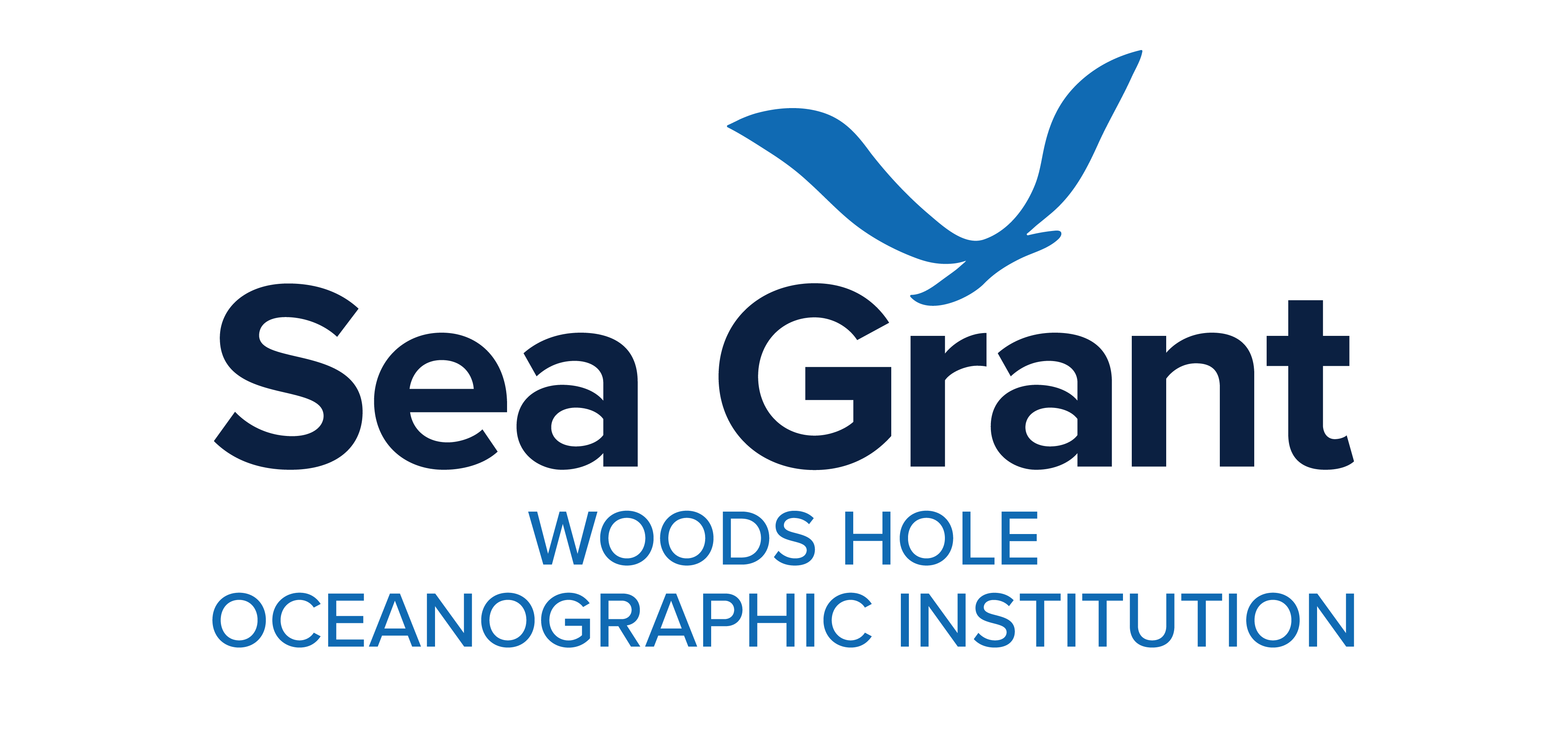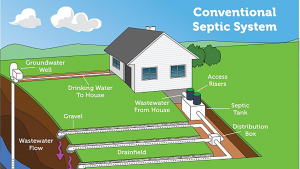Search results for: Call%201800-299-7264%20To%20Book%20%20United%20Airlines%20Basic%20Economy
Benthic Mariculture and Research Rig Developed for Diver Operation
Benthic Mariculture and Research Rig Developed for Diver Operation Hampson, G.R., D.C. Rhoads, and D.W. Clark Diving for Science…1989, Proceedings of the American Academy of Underwater Sciences, Ninth Annual Scientific Diving Symposium, Woods Hole, MA, pp. 113-117, 1989 WHOI-R-89-017
Read MoreRiver Herring Network Update
Each spring river herring come from the ocean and swim, or “run” up rivers to spawn in ponds and slow sections of rivers. Each fall, Massachusetts river herring wardens gather together to talk about their favorite fish and discuss ways to preserve it. For hundreds of years, people used to gather herring at their local…
Read More2000-2002 Projects
Augmenting the Lobster Catch: Oyster Aquaculture in Modified Lobster Traps Dale F. Leavitt, Southeastern Massachusetts Aquaculture Center (SEMAC)/WHOI Sea Grant and Cape Cod Cooperative Extension, and Joseph K. Buttner, Salem State College Collaboration between extension, academia, and industry is widely recognized as an effective means to identify and resolve problems. This study will draw upon…
Read MoreRecent Peer-reviewed journal articles
Peer-reviewed journal articles acknowledging Woods Hole Sea Grant funding (2015 – 2017): Wheeler, J. D., Luo, E., Helfrich, K. R., Anderson, E. J., Starczak, V. R., & Mullineaux, L. S. (2017). Light stimulates swimming behavior of larval eastern oysters Crassostrea virginica in turbulent flow. Marine Ecology Progress Series, 571, 109-120. doi: 10.3354/meps12106 Sullivan, L.…
Read More2002-2004 Projects
Developmental Effects of Contaminants on Salinity Preference and Seawater Survival for Atlantic Salmon: Integrating Physiology and Behavior Stephen D. McCormick, Darren T. Lerner, and Emily Monosson, University of Massachusetts, Amherst Over the last 20 years populations of Atlantic salmon (Salmo salar) in northern New England have decreased ten-fold, resulting in their recent listing as an…
Read MoreFlushing Out Answers: Scientists Investigate Smarter Septic Systems for Cape Cod
Ever wonder where your shampoo goes after it swirls down the drain? Spoiler alert: if you live on Cape Cod, the answer could be your backyard—and your favorite swimming spot. One-third of all homes in Massachusetts rely on septic systems rather than sewers to dispose of wastewater, and on Cape Cod that number is much…
Read MoreTo Insure or Not to Insure: How homeowners perceive flood risk
To Insure or Not to Insure: How homeowners perceive flood risk Principal Investigators Di Jin, Woods Hole Oceanographic Institution Michael Weir, Woods Hole Oceanographic Institution Abstract While threats from sea level rise, hurricanes, and winter storms are increasing in coastal communities, Massachusetts flood insurance enrollments are not. In fact, participation in flood insurance policies has declined…
Read MoreFemale Reproductive Output in the Squid Loligo pealed: Multiple Egg Clutches and Implications for a Spawning Strategy
Female Reproductive Output in the Squid Loligo pealed: Multiple Egg Clutches and Implications for a Spawning Strategy Maxwell, M.R. and R.T. Hanlon Marine Ecology Progress Series, Vol. 199, pp. 159-170, 2000 WHOI-R-00-014
Read More2004-2006 Projects
Fish Otoliths Contain Clues to Larval Distribution Mystery How do you track a moving target? It depends on the size of the target. WHOI fish ecologist Simon Thorrold and research associate Jennifer FitzGerald are taking aim at a very small target: larval Atlantic cod (Gadus morhua). Like most marine fish, cod have a pelagic larval phase,…
Read MoreWHOI-Q-05-003 Portfolio-Estuarine and Coas
WHOI-Q-05-003 Portfolio-Estuarine and Coas
Read More
